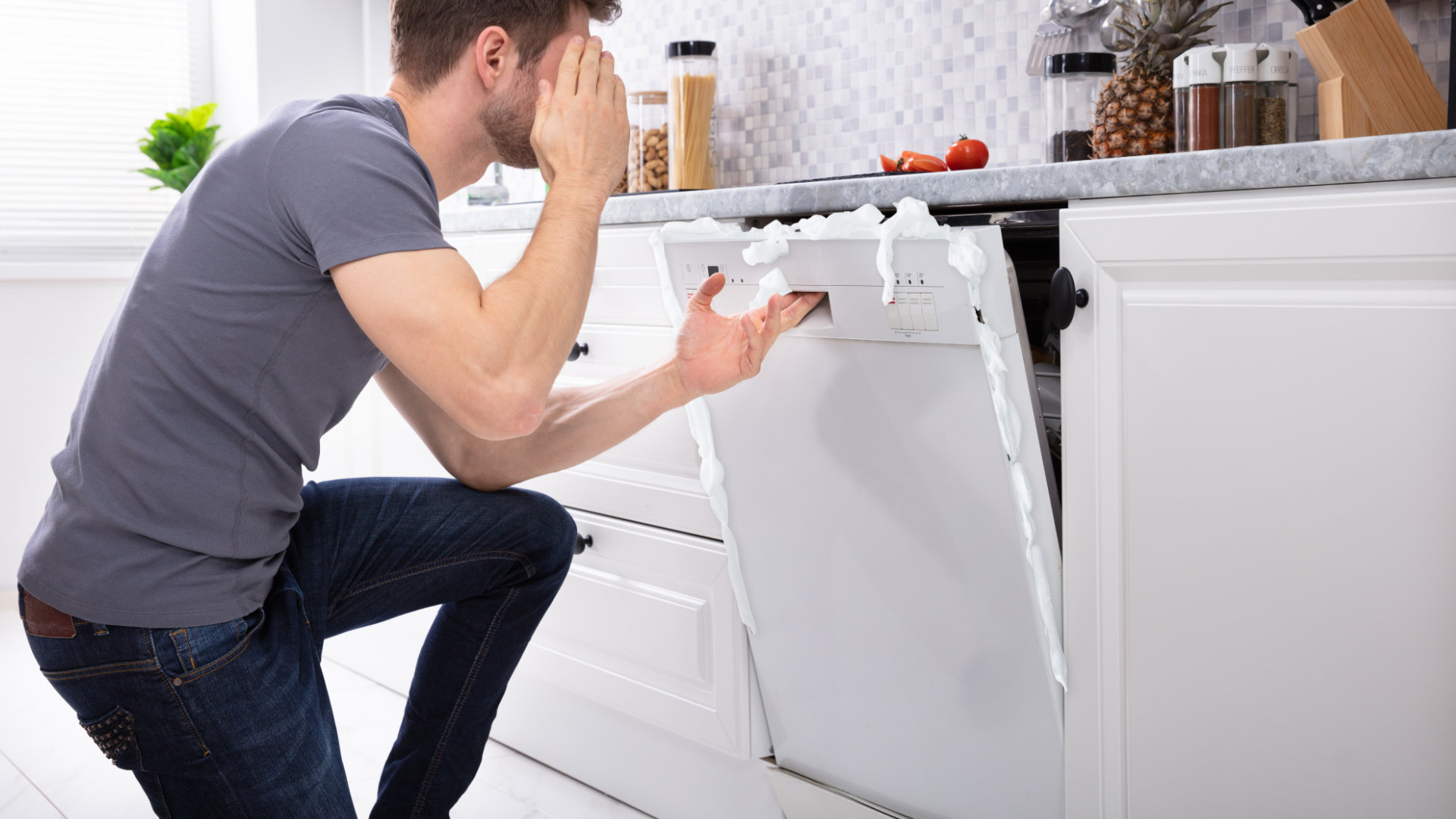

Articles
How To Get Rid Of Soap Suds In Dishwasher
Modified: January 20, 2024
Looking for articles on how to get rid of soap suds in your dishwasher? Discover effective tips and solutions to eliminate suds and keep your dishwasher running smoothly.
(Many of the links in this article redirect to a specific reviewed product. Your purchase of these products through affiliate links helps to generate commission for Storables.com, at no extra cost. Learn more)
Introduction
Having a dishwasher in your kitchen can make your life much easier and more convenient. It saves you time and effort by doing the dirty work of washing your dishes. However, there may be times when you encounter an unexpected issue – soap suds in your dishwasher. This can cause your dishwasher to overflow and leave behind a soapy residue on your dishes.
Soap suds in the dishwasher are commonly caused by using the wrong type or excessive amount of dishwasher detergent. When too much detergent is used, or if the detergent is not specifically formulated for use in dishwashers, it can create excessive sudsing and foam. This can result in poor cleaning performance and even damage to your dishwasher.
Fortunately, getting rid of soap suds in your dishwasher is not as complicated as it may seem. In this article, we will explore the various methods you can use to eliminate soap suds and restore your dishwasher to its optimal functioning.
Key Takeaways:
- Say goodbye to soapy messes in your dishwasher by using simple methods like vinegar, salt, and cooking oil to eliminate suds and restore optimal functionality.
- Prevent soap suds in your dishwasher by using the right detergent, maintaining your appliance, and following manufacturer’s guidelines for a hassle-free dishwashing experience.
Understanding the Cause of Soap Suds in Dishwasher
Before we delve into how to get rid of soap suds in your dishwasher, it’s important to understand why they occur in the first place. The main culprit behind soap suds in the dishwasher is the use of the wrong type of detergent or an excessive amount of detergent.
Most dishwasher detergents are specifically formulated to produce low levels of suds, allowing the dishwasher to effectively clean your dishes. However, if you use regular dish soap or hand soap in your dishwasher, it will create excessive suds, leading to a soapy mess and potential damage to your appliance.
Additionally, using too much dishwasher detergent can also cause an excess of suds. The recommended amount of detergent will vary depending on the dishwasher and the level of soiling on your dishes. Using more than the recommended amount can lead to sudsing issues and poor cleaning performance.
Another factor that can contribute to soap suds in your dishwasher is the water quality. Hard water, which contains high levels of minerals like calcium and magnesium, can make it harder for the dishwasher detergent to dissolve properly. This can result in leftover detergent residue, which can manifest as soap suds during the wash cycle.
Now that we understand the common causes of soap suds in the dishwasher, let’s explore the steps you can take to rid your dishwasher of these suds and restore its functionality.
Steps to Get Rid of Soap Suds in Dishwasher
When you encounter soap suds in your dishwasher, it’s important to address the issue promptly to prevent any further problems. Here are the steps you can follow to get rid of soap suds in your dishwasher:
- Stop the dishwasher: As soon as you notice the excessive suds, pause or stop the dishwasher cycle. This will prevent the suds from overflowing and causing a mess.
- Remove excess suds manually: Use a sponge, cloth, or paper towel to remove as much of the excess suds as possible from the dishwasher. Be sure to wring out the sponge or cloth frequently to remove the collected suds.
- Open the dishwasher door: Leave the dishwasher door open to allow the remaining suds to dissolve and escape. This will help reduce the sudsing inside the dishwasher.
- Inspect the detergent cup: Check the detergent cup to ensure that it is not blocked or clogged with any residue. Clean it thoroughly if necessary.
- Check the dishwasher filters: Soap suds can accumulate in the dishwasher filters, leading to future sudsing issues. Remove and clean the filters according to your dishwasher’s instructions.
Once you have completed these initial steps, you can choose from several methods to further combat the soap suds in your dishwasher. Let’s explore these methods in detail.
Method 1: Manual Removal of Suds
If you want to tackle the soap suds in your dishwasher using a simple and straightforward method, manual removal is a great option. Here’s how you can manually remove the suds:
- Prepare a mixture of warm water and vinegar: In a container, mix equal parts warm water and white vinegar. The vinegar helps to break down the soap suds and eliminate the residue.
- Apply the mixture: Using a sponge or cloth, dip it into the warm water and vinegar mixture. Gently apply the mixture to the areas inside the dishwasher where the soap suds are present. Focus on the areas where the suds have accumulated the most.
- Wipe away the suds: As you apply the mixture, use the sponge or cloth to wipe away the soap suds. Rinse the sponge or cloth frequently in the mixture to ensure effective removal of the suds.
- Repeat if necessary: Depending on the severity of the sudsing, you may need to repeat the process multiple times until all the suds have been eliminated.
- Run a rinse cycle: Once the suds have been manually removed, close the dishwasher door and run a rinse cycle with no dishes inside. This will help to further rinse away any remaining residue.
By manually removing the suds, you’ll be able to quickly get your dishwasher back to its normal functioning state. If the suds persist or if you’re looking for alternative methods, keep reading to explore other effective ways to eliminate soap suds in your dishwasher.
Method 2: Using Vinegar to Eliminate Suds
Vinegar is a natural cleaning agent that can help break down soap suds and residue in your dishwasher. Here’s how you can use vinegar to eliminate suds:
- Stop the dishwasher: Pause or stop the dishwasher cycle to prevent any further sudsing.
- Pour vinegar into dishwasher: Open the dishwasher door and pour one cup of white vinegar into the bottom of the dishwasher. Make sure to evenly distribute the vinegar across the bottom area.
- Let it sit: Close the dishwasher door and let the vinegar sit for about 15 minutes. This will allow the vinegar to penetrate and break down the soap suds.
- Resume the wash cycle: After the 15-minute mark, resume the dishwasher cycle by closing the door and selecting the rinse or short wash cycle. Run the cycle without any dishes inside.
- Check for suds removal: Once the cycle is complete, inspect the dishwasher for any remaining soap suds. If there are still suds present, repeat the process with another cup of vinegar.
Vinegar helps neutralize and dissolve the excessive suds in your dishwasher, ensuring they don’t reappear during future wash cycles. It’s a safe and effective method for combating soap suds and improving the overall performance of your dishwasher.
Now that you know how to use vinegar to eliminate suds, let’s explore another effective method that involves the use of salt.
To get rid of soap suds in the dishwasher, sprinkle a small amount of table salt on the suds. The salt will help to break down the suds and prevent them from foaming up again.
Read more: How To Get Rid Of Soap Scum On Glass
Method 3: Adding Salt to Reduce Suds
Salt can be a surprisingly effective tool in reducing soap suds in your dishwasher. The coarse texture of salt helps to break down the suds and prevent excessive foaming. Here’s how you can use salt to reduce suds:
- Stop the dishwasher: Pause or stop the dishwasher cycle to prevent any further sudsing.
- Add salt to the dishwasher: Open the dishwasher door and sprinkle a handful of table salt or kosher salt evenly across the bottom of the dishwasher. Be sure to distribute the salt around the areas where the suds have accumulated.
- Let it sit: Close the dishwasher door and let the salt sit for about 15 minutes. The salt will absorb the moisture and help break down the suds.
- Resume the wash cycle: After the 15-minute mark, resume the dishwasher cycle by closing the door and selecting the rinse or short wash cycle. Run the cycle without any dishes inside.
- Check for suds reduction: Once the cycle is complete, inspect the dishwasher for any remaining soap suds. If necessary, repeat the process with another sprinkle of salt.
Adding salt to your dishwasher can help minimize the formation of suds and restore proper cleaning performance. It’s a simple and affordable method that can effectively combat the issue of excessive foaming.
Now that you’ve learned how to reduce suds using salt, let’s explore another method that utilizes cooking oil to dissipate suds.
Method 4: Using Cooking Oil to Dissipate Suds
When you find yourself dealing with stubborn soap suds in your dishwasher, using cooking oil can be a helpful solution. The oil works to break down the suds and disperse them, allowing for easier elimination. Here’s how you can use cooking oil to dissipate suds:
- Stop the dishwasher: Pause or stop the dishwasher cycle to prevent any further sudsing.
- Add cooking oil: Open the dishwasher door and drizzle a tablespoon of cooking oil, such as vegetable or olive oil, directly onto the suds. Focus on the areas where the suds are the most concentrated.
- Dissipate the suds: Using a sponge or cloth, gently mix the cooking oil into the suds. The oil will help break down the bubbles and disperse the suds so they can be easily eliminated.
- Wipe away the suds: Using the sponge or cloth, wipe away the suds and residue. Rinse the sponge or cloth frequently to ensure effective removal of the suds.
- Run a rinse cycle: Once the suds have been dissipated and manually removed, close the dishwasher door and run a rinse cycle with no dishes inside. This will help to further rinse away any remaining residue.
Using cooking oil as a method to dissipate suds can be a quick and effective solution. It helps to break down the suds and prevent them from reappearing during future wash cycles.
Now that you’ve learned how to use cooking oil to dissipate suds, let’s explore the final method in our arsenal – running an empty rinse cycle.
Method 5: Running an Empty Rinse Cycle
If you’ve tried the previous methods but are still dealing with lingering soap suds, running an empty rinse cycle can help flush out any remaining residue. Here’s how you can run an empty rinse cycle:
- Stop the dishwasher: Pause or stop the dishwasher cycle to prevent any further sudsing. Make sure there are no dishes or utensils inside the dishwasher.
- Select the rinse cycle: On your dishwasher control panel, choose the rinse cycle. This cycle is typically shorter and uses only water, without any detergent.
- Start the rinse cycle: Close the dishwasher door and start the empty rinse cycle. This will rinse away any remaining suds and residue from the dishwasher.
- Monitor the rinse cycle: Keep an eye on the dishwasher during the rinse cycle to ensure that the suds have been completely eliminated. If necessary, you can run an additional rinse cycle.
- Inspect for clean results: Once the rinse cycle is complete, inspect the dishwasher for any leftover suds or residue. If you still notice soap suds, you can opt to repeat the process or try one of the other methods mentioned earlier.
Running an empty rinse cycle is a simple and effective way to flush out any remaining soap suds and ensure a clean and properly functioning dishwasher.
By following these methods, you can effectively get rid of soap suds in your dishwasher and restore its optimal functionality. However, prevention is always better than cure. To avoid encountering this issue in the future, it is recommended to use the correct type and amount of dishwasher detergent, as per the manufacturer’s instructions.
Remember to regularly clean and maintain your dishwasher, including checking filters and ensuring good water quality, to prevent the buildup of soap residue and suds.
By implementing these tips and methods, you can keep your dishwasher running smoothly and enjoy squeaky-clean dishes after every wash cycle.
Tips and Precautions
When dealing with soap suds in your dishwasher, there are some additional tips and precautions to keep in mind. Consider the following to ensure a smooth and successful process:
- Read the manufacturer’s instructions: Always refer to the manufacturer’s guidelines and recommendations for your specific dishwasher model. This will ensure that you follow the correct procedures and avoid any potential damage.
- Use the right dishwasher detergent: Use a dishwasher detergent that is specifically designed for use in dishwashers. Avoid using regular dish soap or hand soap, as they can cause excessive sudsing.
- Follow the recommended amount of detergent: Use the correct amount of dishwasher detergent as recommended by the manufacturer. Using too much detergent can lead to sudsing issues and poor cleaning performance.
- Check and clean the filters regularly: Soap residue can accumulate in the dishwasher filters, leading to sudsing issues. Clean the filters regularly according to the manufacturer’s instructions to prevent this buildup.
- Consider water softening options: If you have hard water, consider using a water softening system or adding a water softening agent to your dishwasher. This can help prevent soap residue and sudsing caused by hard water minerals.
- Regularly maintain and clean your dishwasher: Keep your dishwasher in top condition by regularly wiping down the interior, cleaning the spray arms, and checking for any potential clogs or blockages.
- Be cautious when experimenting with additional methods: While the methods mentioned in this article are generally safe and effective, it’s important to exercise caution when using alternative substances or techniques. If in doubt, consult the manufacturer or a professional technician.
By following these tips and taking the necessary precautions, you can effectively prevent and address soap suds issues in your dishwasher. Enjoy a hassle-free dishwasher experience with sparkling clean dishes every time!
Read more: How To Get Suds Out Of A Washing Machine
Conclusion
Dealing with soap suds in your dishwasher can be frustrating, but with the right methods and techniques, you can easily eliminate them and restore your dishwasher to its optimal condition. By understanding the causes of soap suds and following the steps outlined in this article, you can effectively tackle this issue and enjoy clean and spotless dishes after every wash cycle.
Whether you choose to manually remove the suds, utilize vinegar or salt, or try other effective methods like using cooking oil or running an empty rinse cycle, each approach has its own advantages and can be used based on the severity of the soap suds problem you’re facing.
Remember to always follow the manufacturer’s guidelines and use the recommended dishwasher detergent and amount. Regularly maintaining and cleaning your dishwasher, including checking filters and ensuring good water quality, can also help prevent the buildup of soap residue and suds in the future.
By implementing the tips and precautions mentioned in this article, you can not only resolve the issue of soap suds in your dishwasher but also ensure the long-term performance and longevity of your appliance.
Now armed with this knowledge, you can confidently tackle soap suds and keep your dishwasher functioning at its best. Say goodbye to soapy messes and enjoy the convenience and efficiency of your dishwasher once again!
Now that you've mastered clearing soap suds from your dishwasher, why not give your fridge a deep clean too? Our next guide offers practical cleaning tips to tackle every nook and cranny, ensuring your refrigerator looks spotless and smells fresh. From shelving to hidden compartments, learn how to maintain this essential appliance in top condition, boosting its efficiency and extending its life. Don't miss out on these invaluable insights for a cleaner, healthier kitchen!
Frequently Asked Questions about How To Get Rid Of Soap Suds In Dishwasher
Was this page helpful?
At Storables.com, we guarantee accurate and reliable information. Our content, validated by Expert Board Contributors, is crafted following stringent Editorial Policies. We're committed to providing you with well-researched, expert-backed insights for all your informational needs.

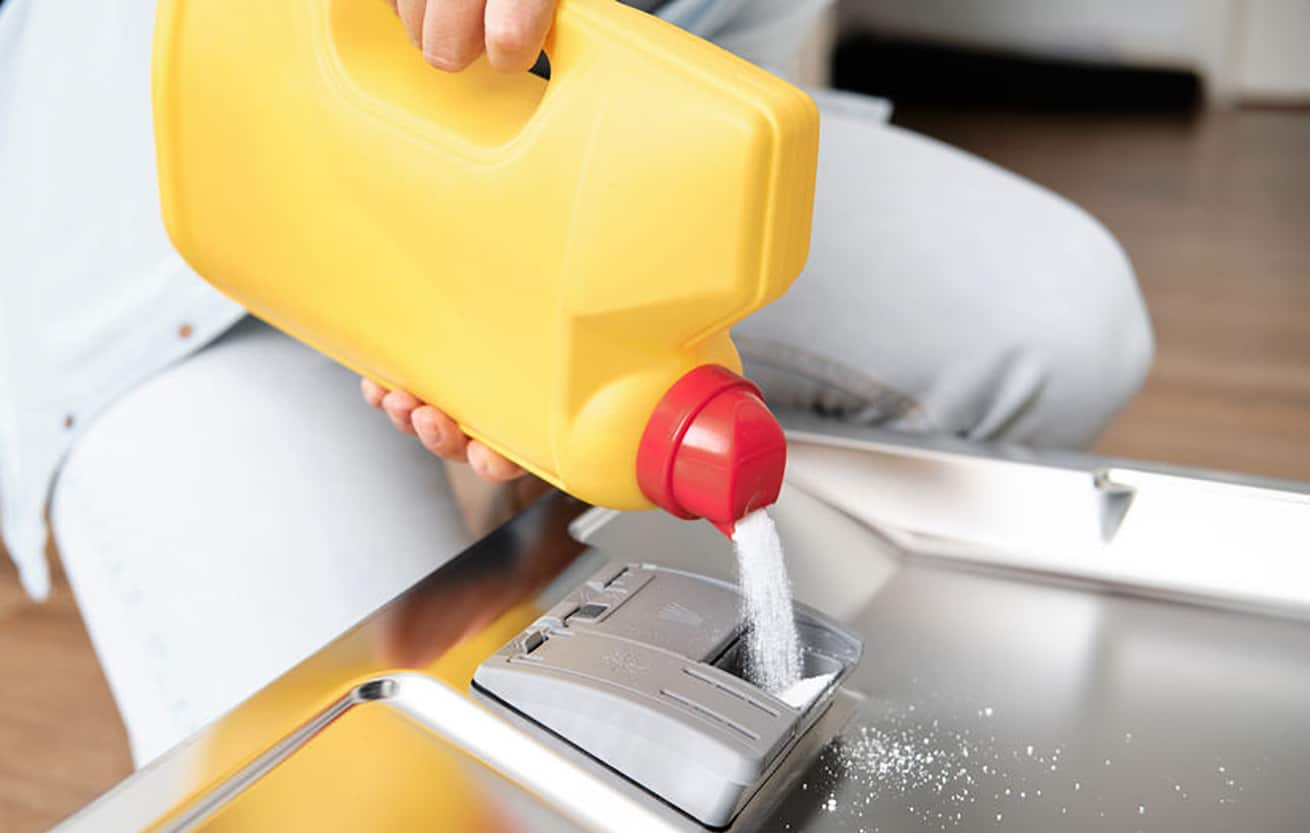
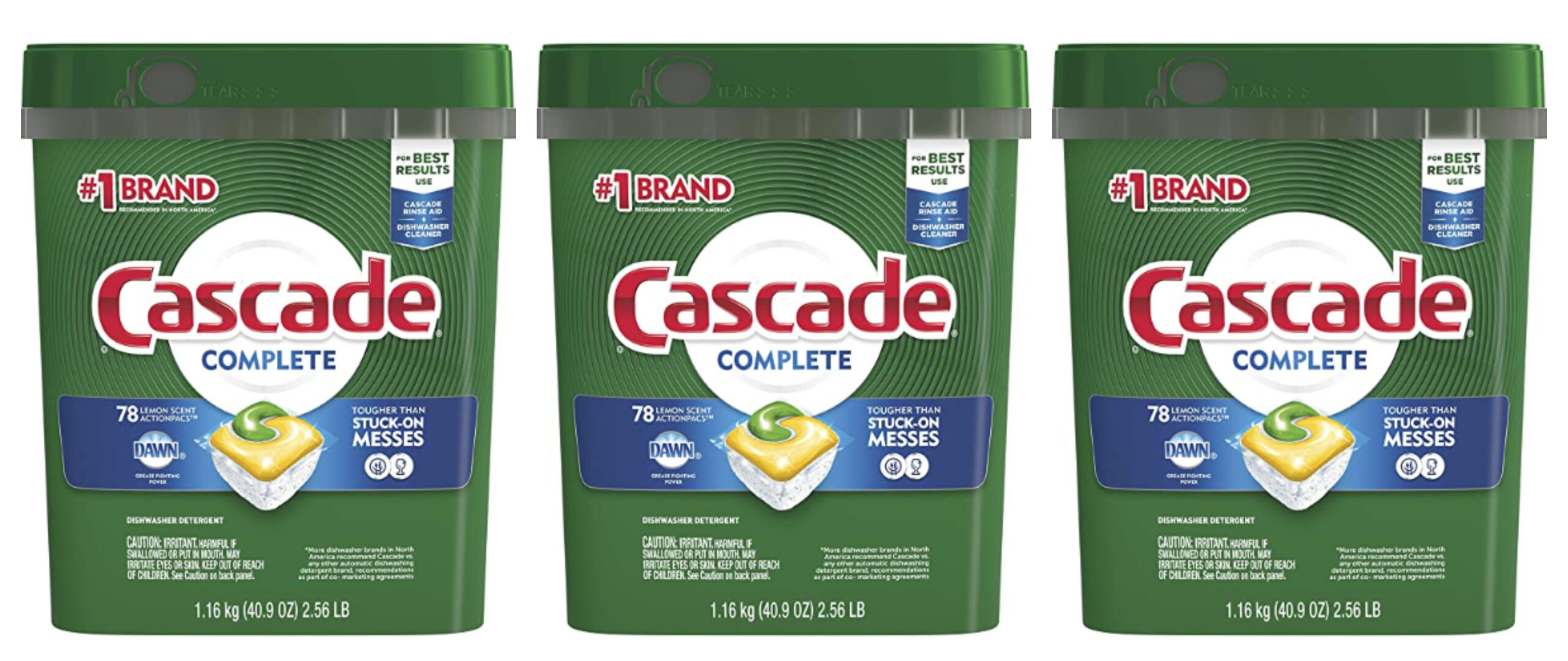
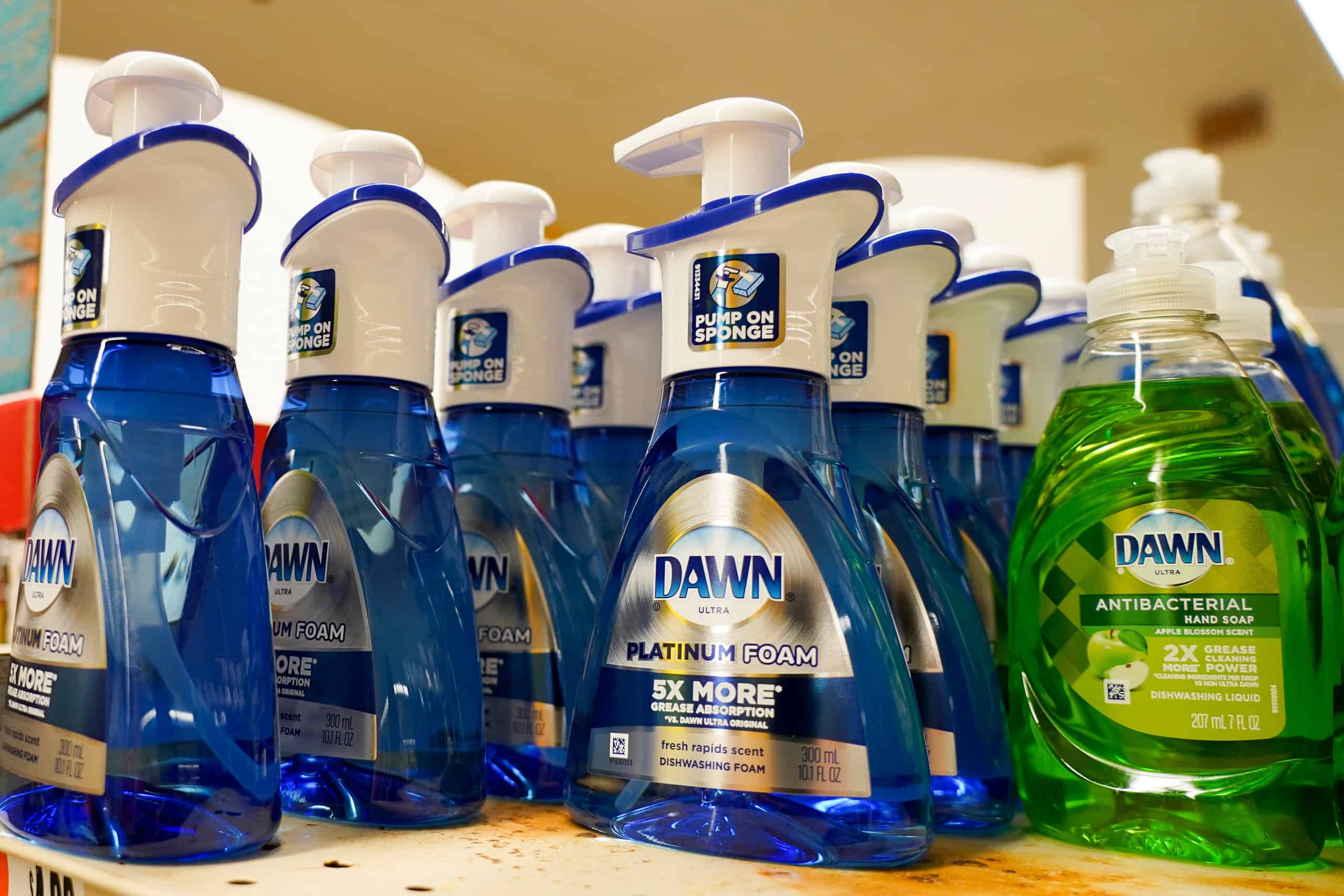
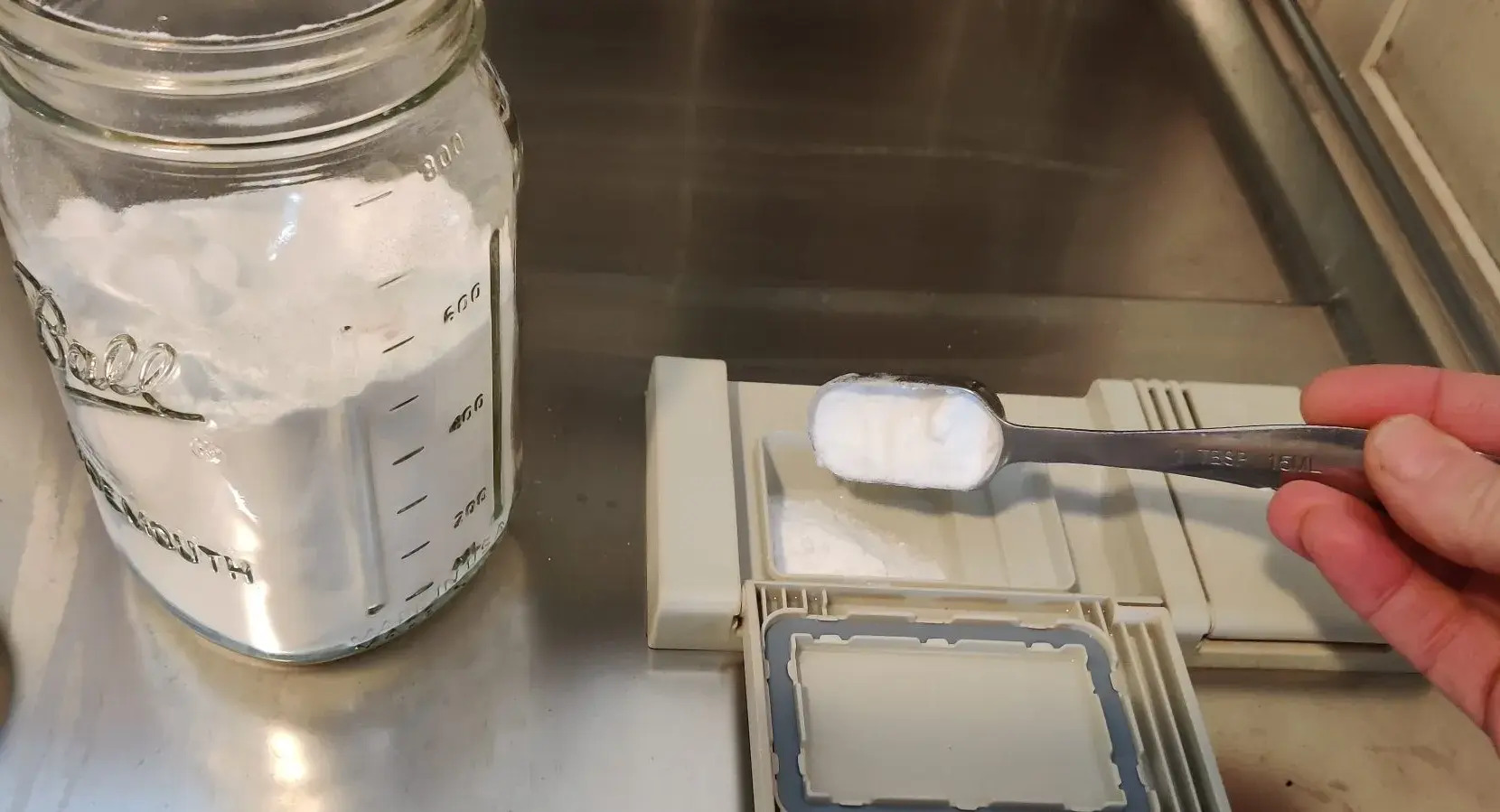
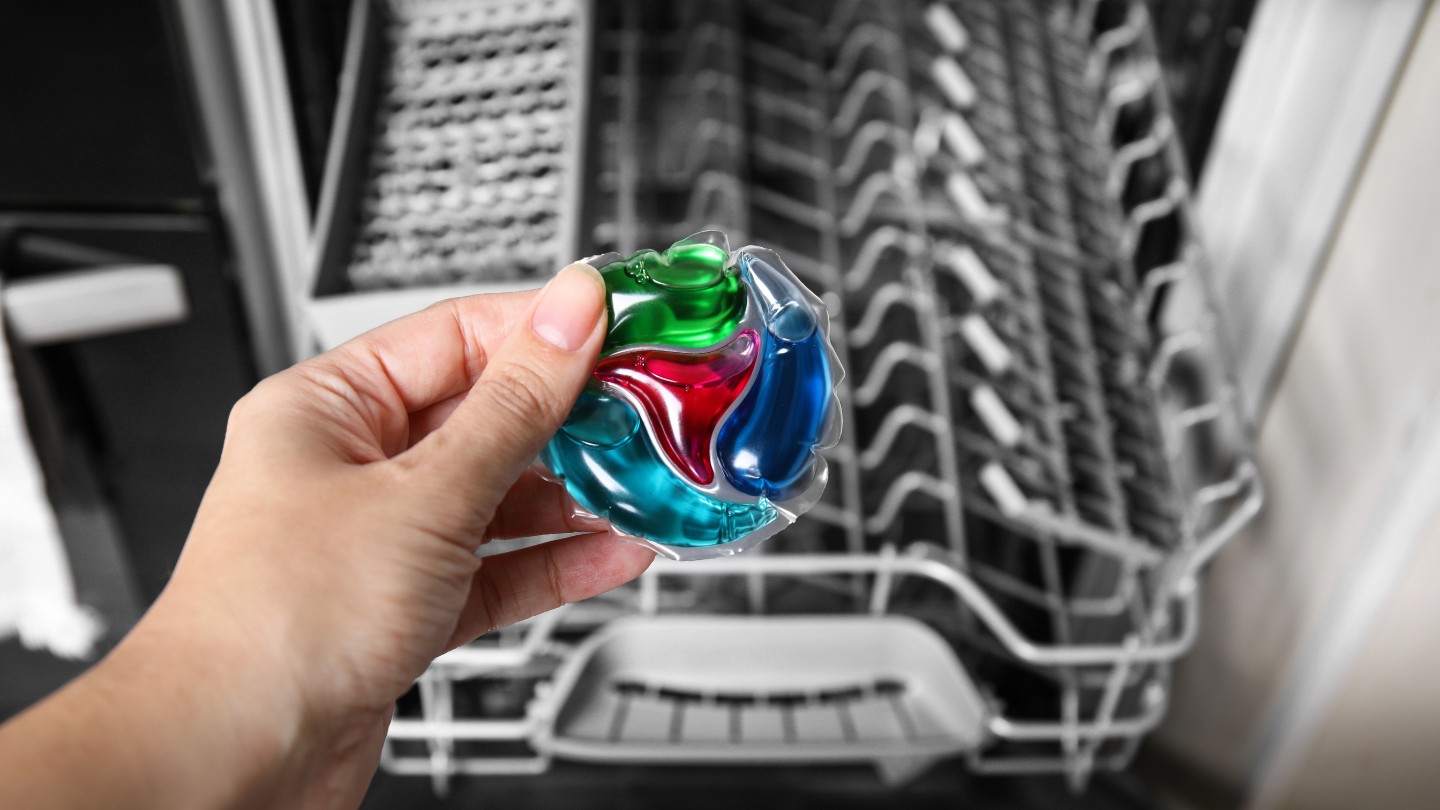
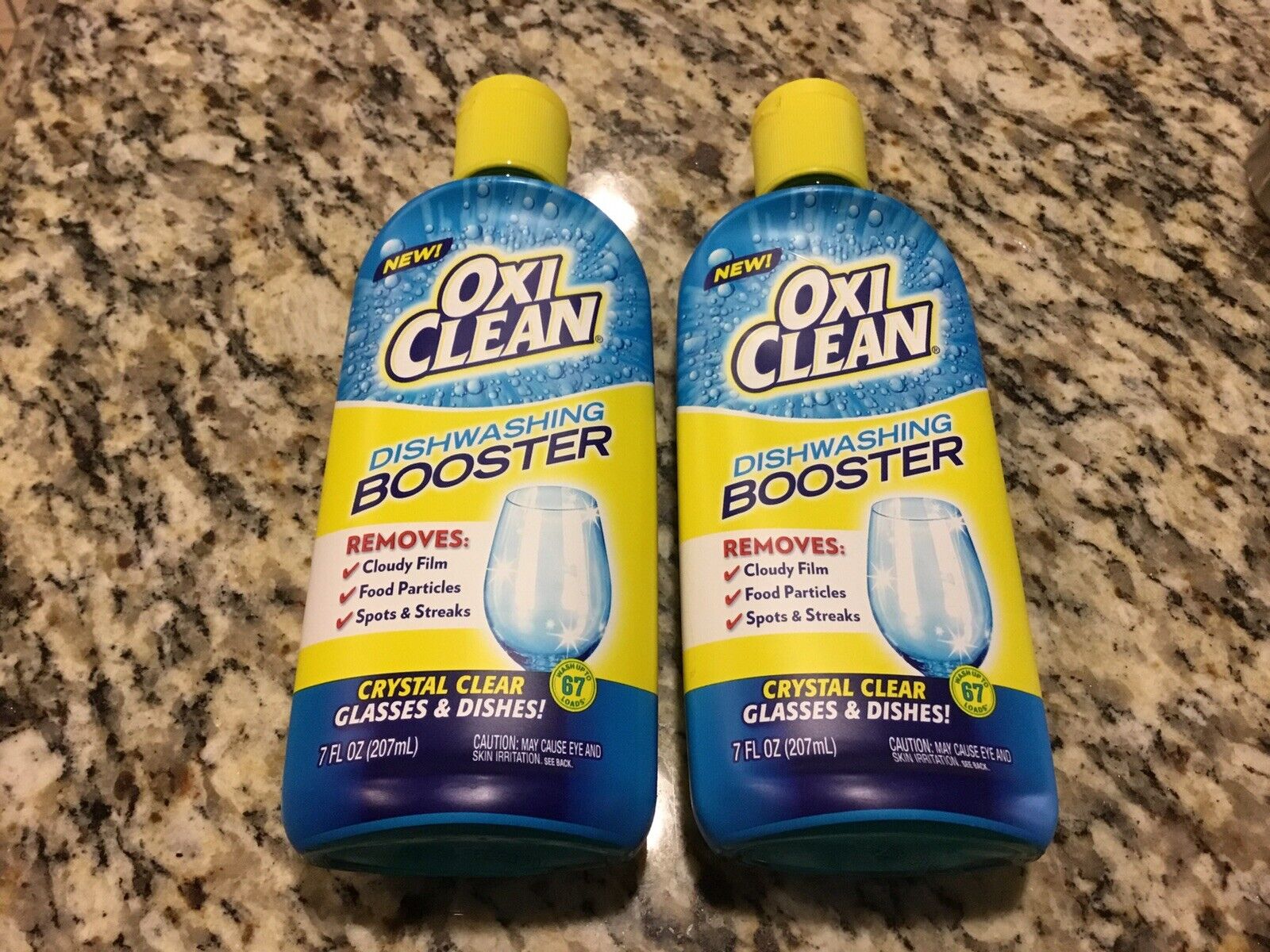





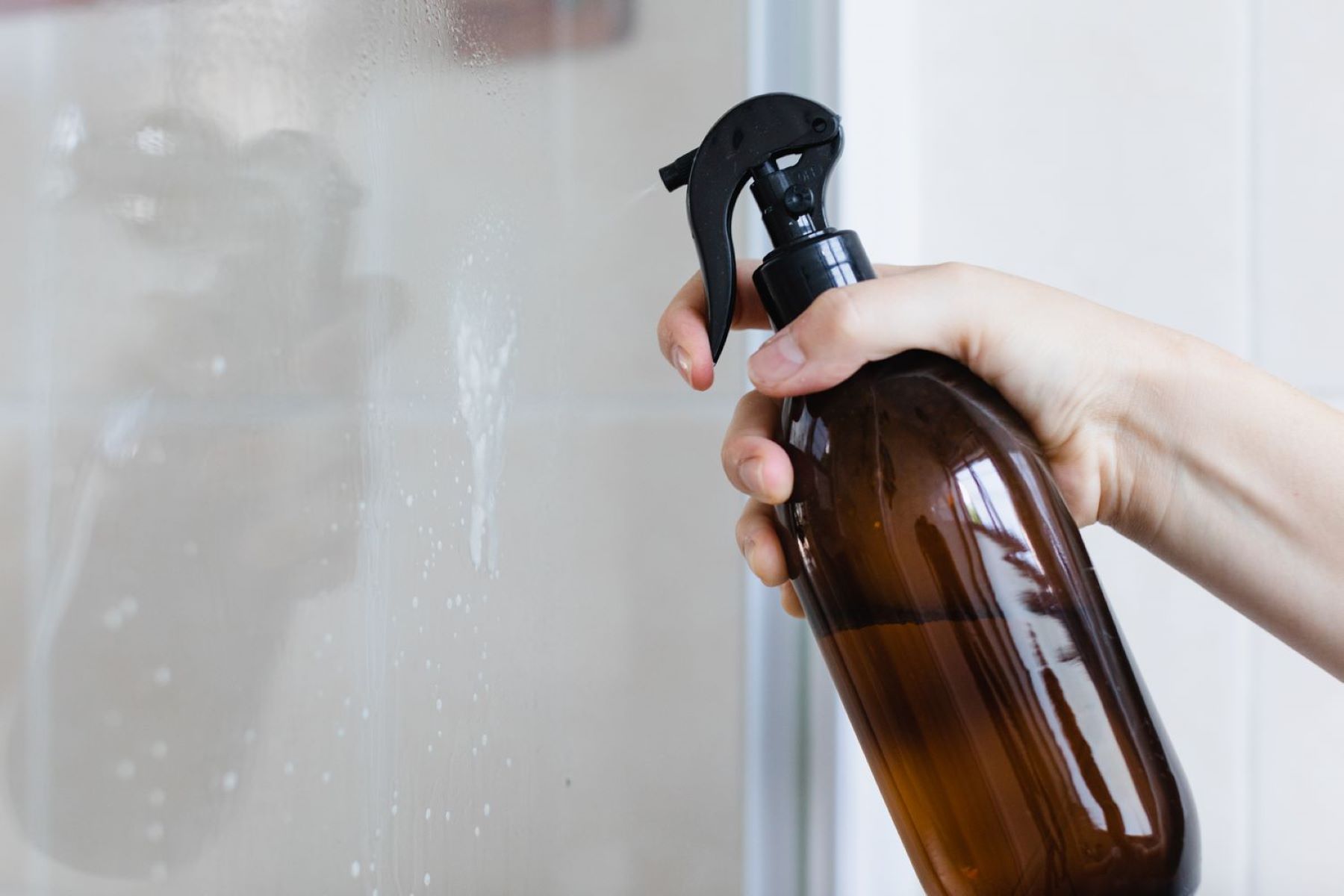

0 thoughts on “How To Get Rid Of Soap Suds In Dishwasher”